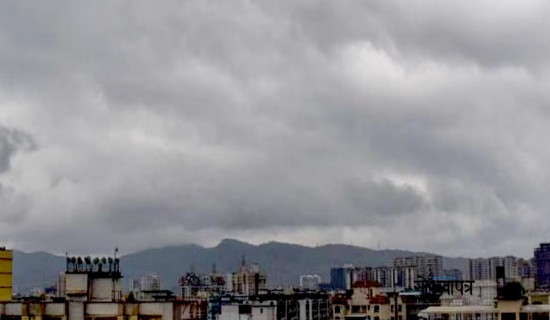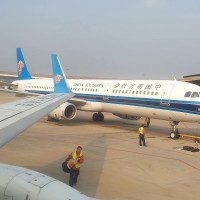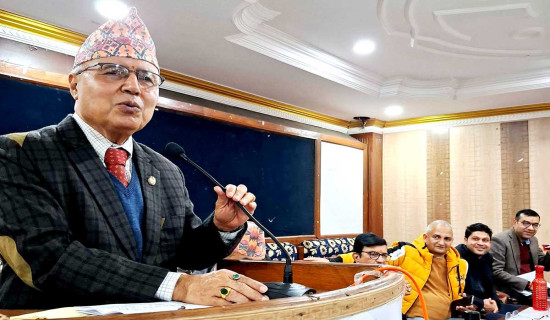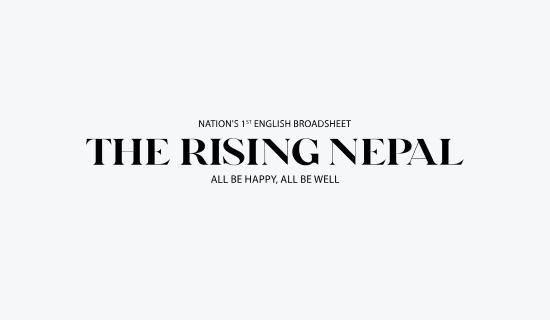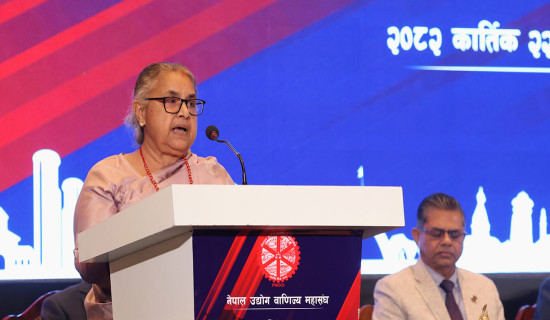- Sunday, 7 December 2025
Tangled Water Treaties
Nepal is considered one of the richest countries in terms of water resources and the one with the highest per capita water availability globally. Glaciers, all-season rivers, lakes and monsoon rainfall – it has them all. Three large river systems and thousands of rivers and rivulets that supply fresh water for drinking and irrigation and offer the potential for hydropower generation of about 43,000 megawatts.
But the country has largely failed to exploit the abundantly bestowed natural resource for economic, social and political benefits. Only 40 per cent of fields in the country have reliable irrigation facilities, less than one third of the entire population has the supply of pure drinking water, and the country is still facing power outages during the winter as the water level in the rivers goes down significantly. And one of the richest countries in the world in water resources imports electricity from India.
Water resources expert Dr Trilochan Upreti has written and published a book – Antarrastriya Kanun ra Nepalko Jalshrot: Jalbidyut bhanda Paniko Sarbadhik Mahattow' (International Law and Nepal's Water Resources: Water is More Important than Hydroelectricity) – portraying this scenario where Nepal has failed in utilising the water resources in development and diplomacy. He said in the book that it was Nepal's failure not to be able to devise a strategy on shared benefits of Nepal's water resources and rivers that pass through India and ultimately end up at the Bay of Bengal.
India is a thirsty nation. "It might have many alternatives in terms of energy generation for its people and machines; it has limited opportunities for fresh water. India has always been interested in exploiting the water resources of Nepal," writes Dr Upreti. While India has forced Nepal to sign unequal water treaties for the Gandaki, Koshi and Mahakali rivers, it has unilaterally developed embankments across the border against the international rule of not having such structures near the border. Both of these acts have long been incurring giant damages in Nepal, including flooding and inundation in the border areas. The southern neighbour has not paid attention to the development of the Pancheshwor Multipurpose Project, which is supposed to benefit Nepal both in terms of energy supply and irrigation, but it has long ago developed the projects that would cause harm to Nepal and benefit India. But Nepali leaders couldn't negotiate and renegotiate with India for equality in benefit sharing or scrap the unequal water treaties.
The Detailed Project Report (DPR) of Pancheshwor has not been prepared. Despite the agreement stating it would be done within six months, 25 years have passed without any progress on the study. India's distorted interpretations and manipulations of the clear terms of the treaty suggest that the project is unlikely to be completed, writes Dr Upreti. The project was used as bait to lure (or pressurise) Nepal to sign agreements to allow India to develop projects Tanakpur and Sharada. "In other words, India has achieved two strategic goals: securing the continuous irrigation benefits of the Sharda project (which was on the verge of collapse) and legitimising the illegally constructed Tanakpur project. It is clear that the Pancheshwar project is not a priority for India."
According to him, Nepal should initiate discussions with India to address the border and water issue and calculate the losses caused by the structures built by India across the border and seek compensation from the latter. Likewise, Nepal should now sign an agreement with the southern neighbour preventing the construction of structures that cause harm to Nepal on the border in the future. "The agreements between Nepal and India, including those related to Kosi, Gandak, Tanakpur, and the integrated development of the Mahakali River (including the Sharda Barrage), should be revoked. This is because India has not implemented them as stipulated. If India refuses, Nepal should unilaterally declare its withdrawal from these agreements," read the book.
The writer even demands compensation, based on the current market value, for the Kosi flood victims (even after 70 years) for the lands acquired from their ancestors to build the Kosi Barrage, which has provided flood control and irrigation facilities to India. It is worth remembering that India's promise to provide irrigation facilities to thousands of hectares in Morang and Sunsari using water from Chatara, Koshi, remains unfulfilled. Similarly, Nepal has not received irrigation and electricity services from the Gandak project.
The book also argues that large reservoir projects are beneficial for Nepal for water management, electricity generation and irrigation. Nepal should negotiate with India and Bangladesh for mutual co-investment in such projects, as they will be the ones benefitting ultimately. However, he finds the government's lack of efficiency, commitment and readiness.
However, the author has gone off track at multiple instances. Instead of substantiating the arguments, he has spent multiple pages in 'ad hominem' attacks on political leaders. Some information, like a country's size of import and export, could have been backed with the latest data to make the arguments more plausible, which the author has missed. Some fundamental information, such as benefit sharing with downstream countries, Nepal's role and political parties' indifference and lack of courage to take up the issues with India, has been repeated in multiple places. The author needs to remove such an unnecessary portion from the book and get it edited well to make it archive-worthy.
(The author is a journalist at The Rising Nepal.)



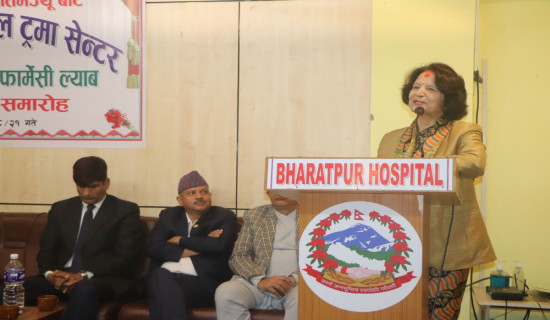
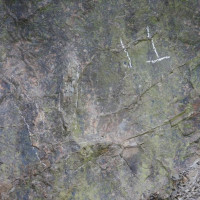
-square-thumb.jpg)
